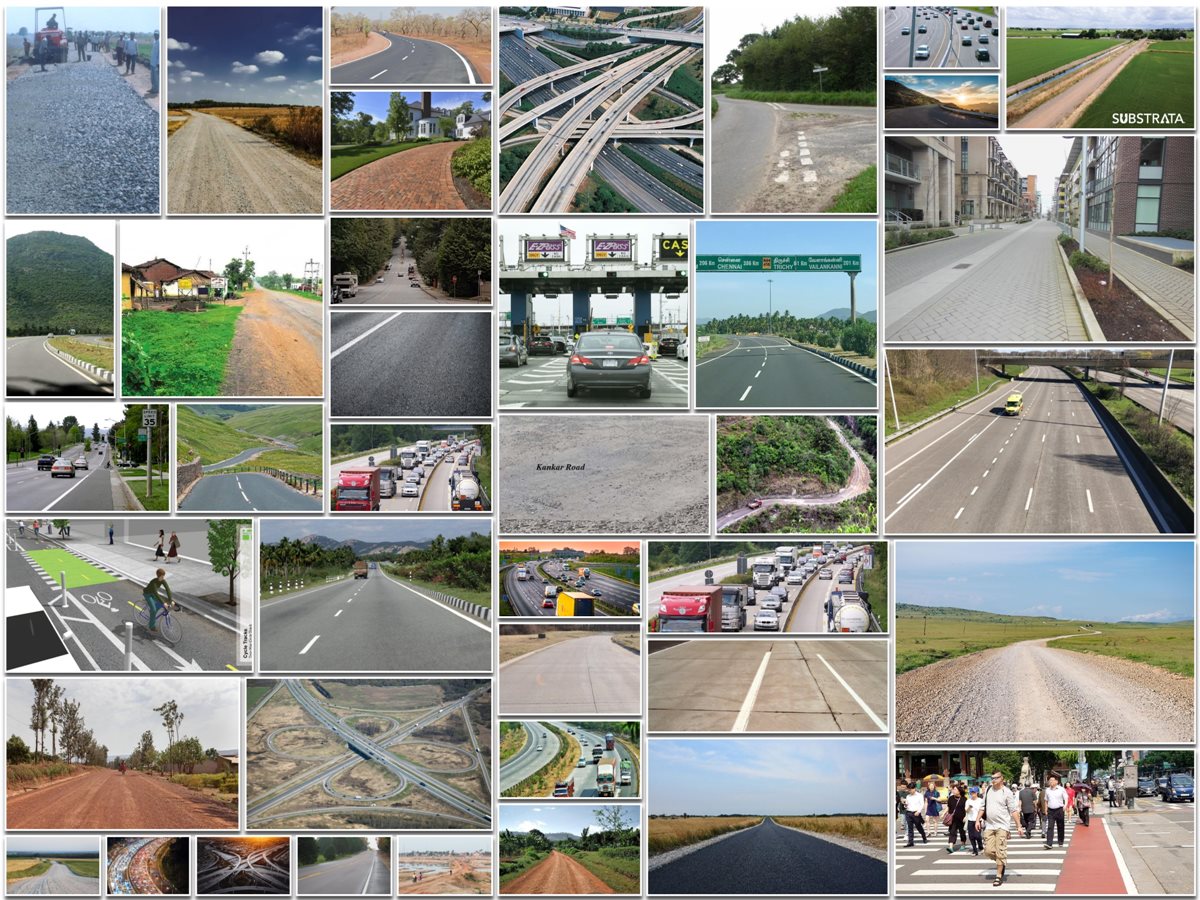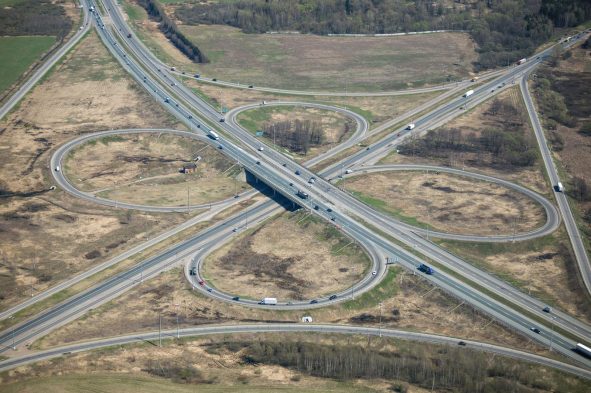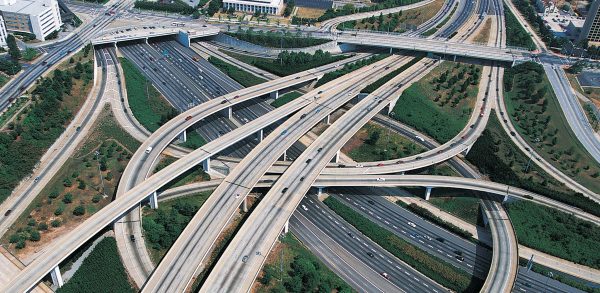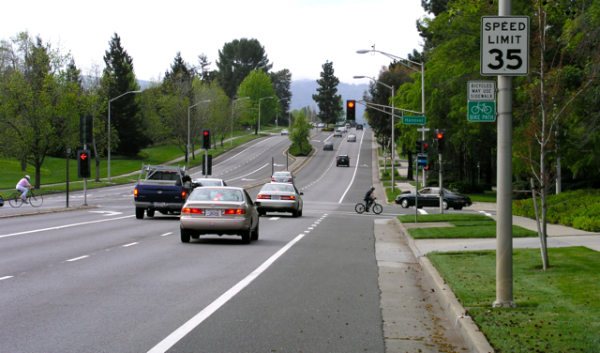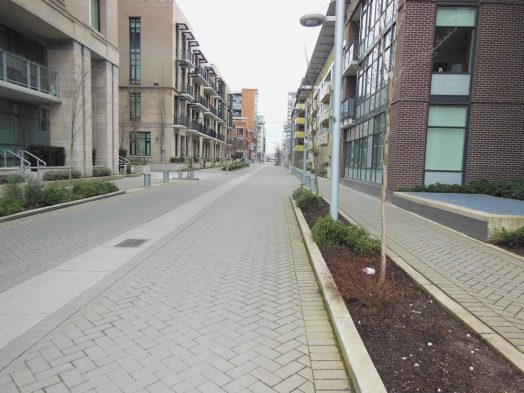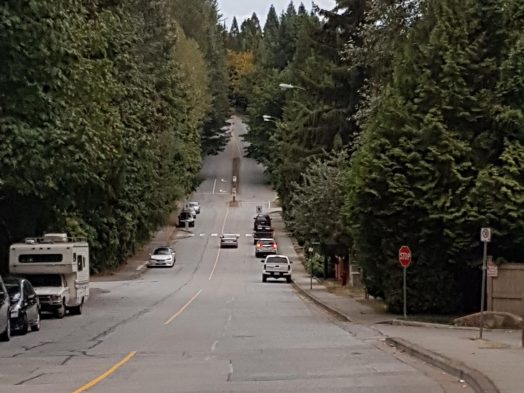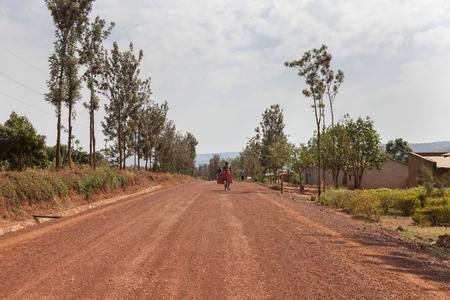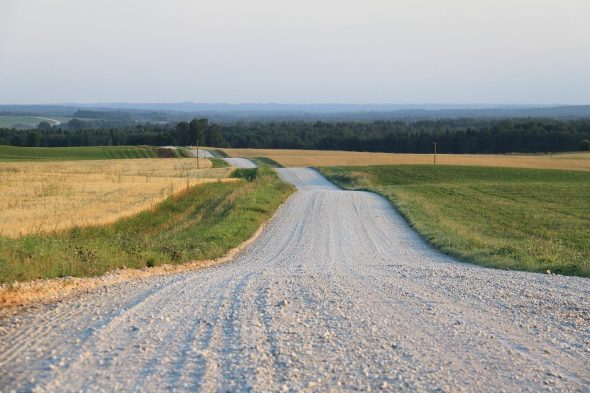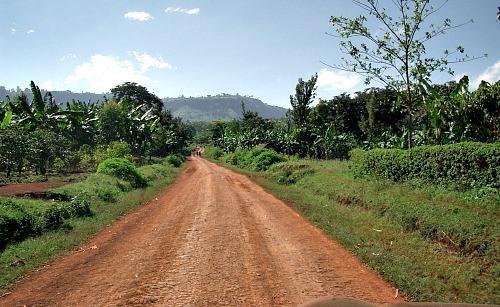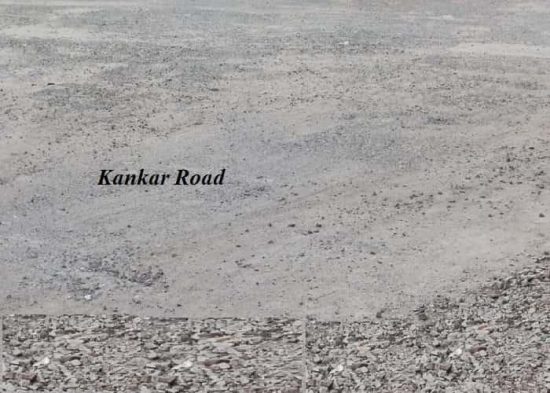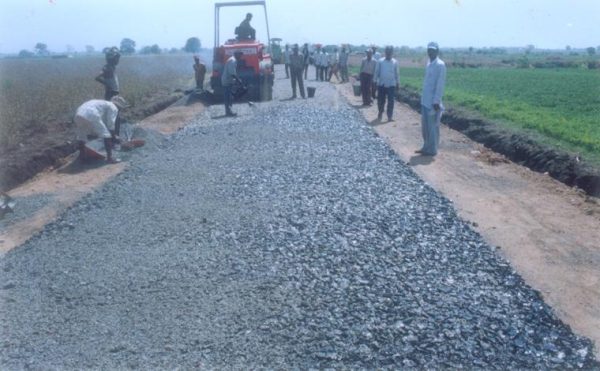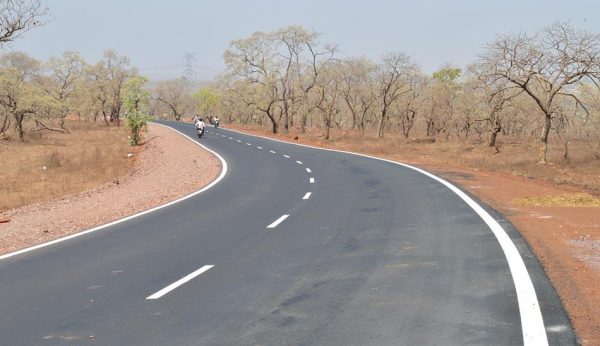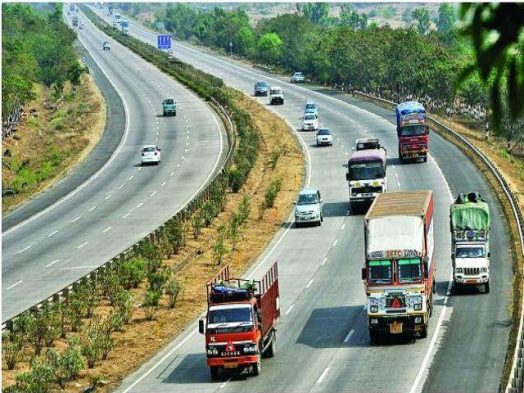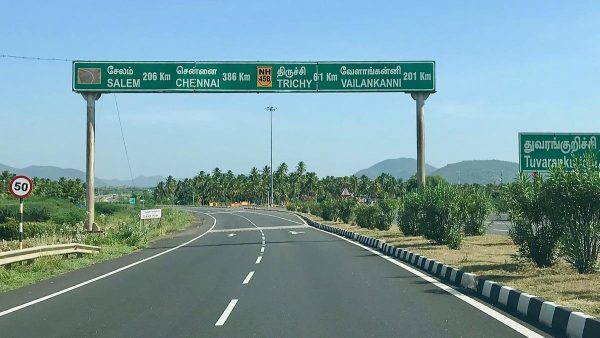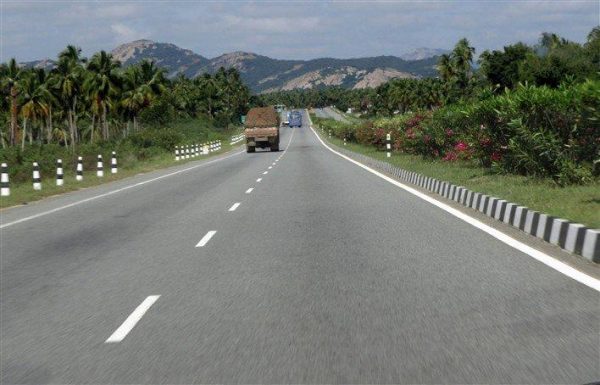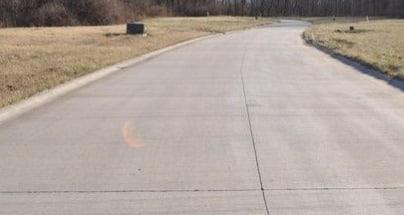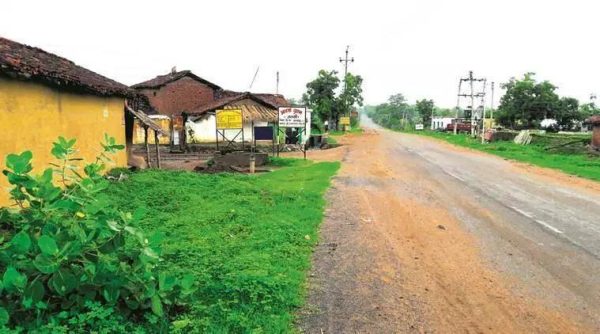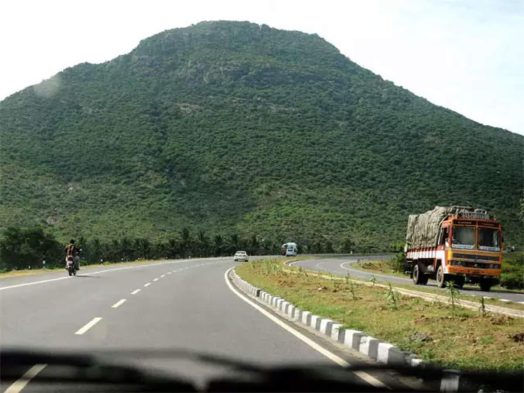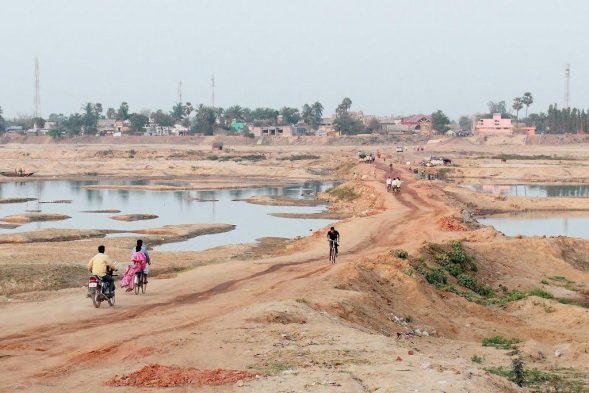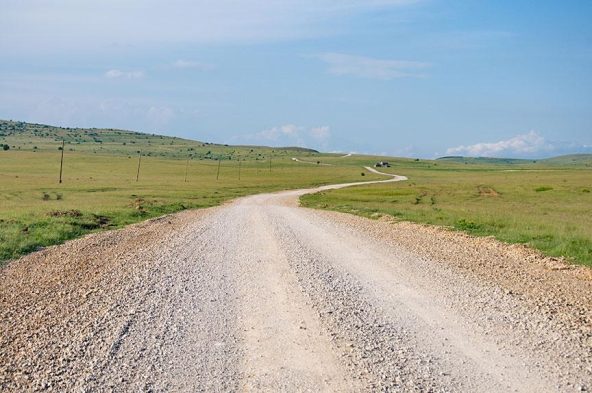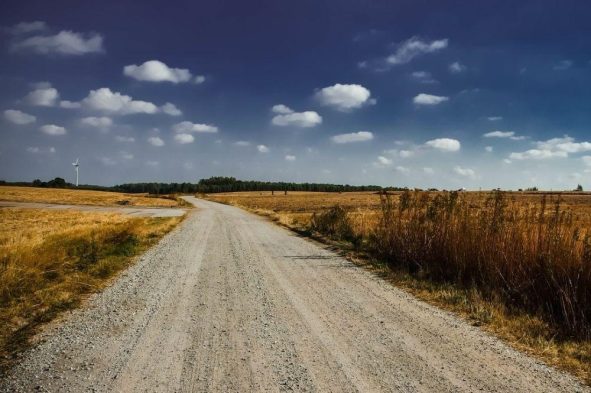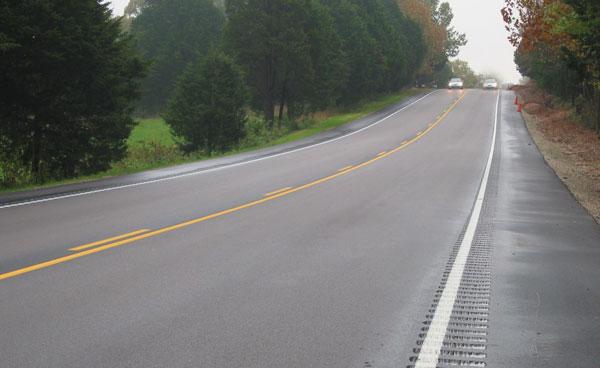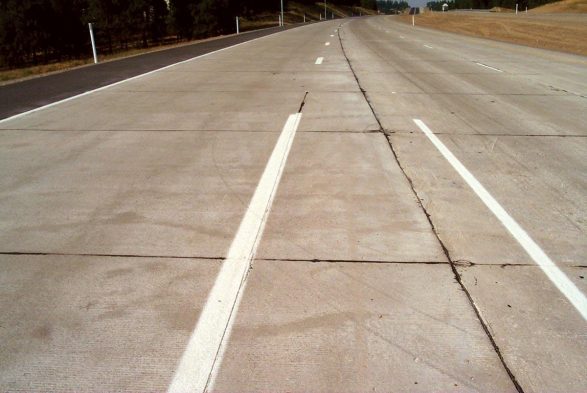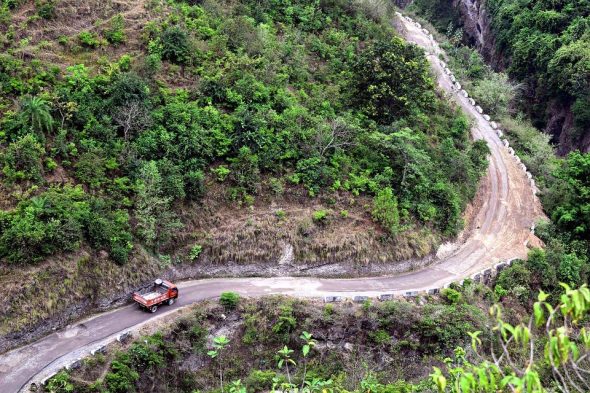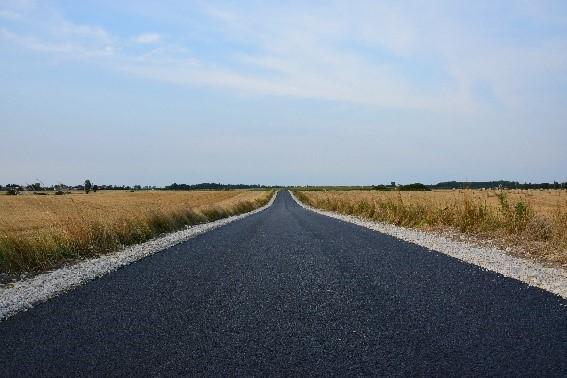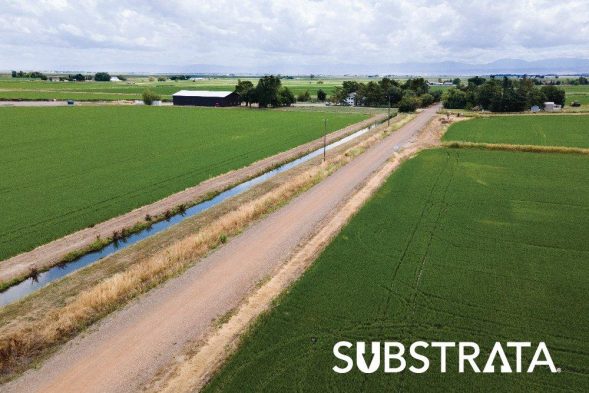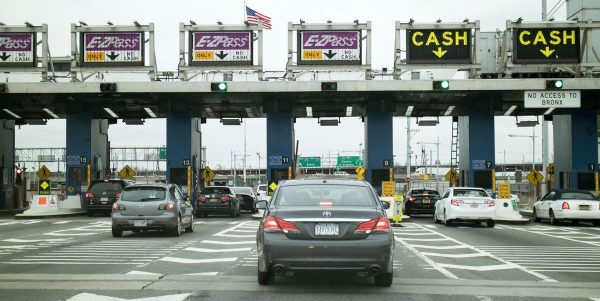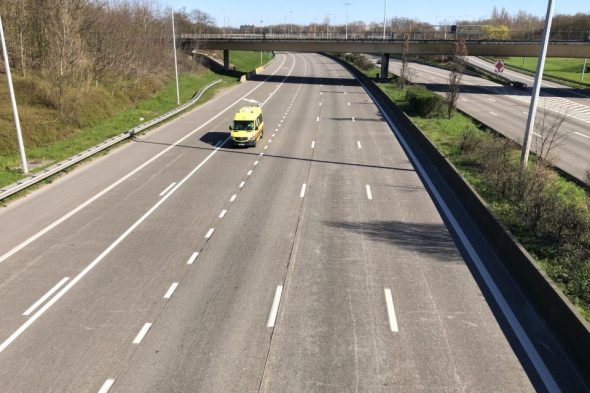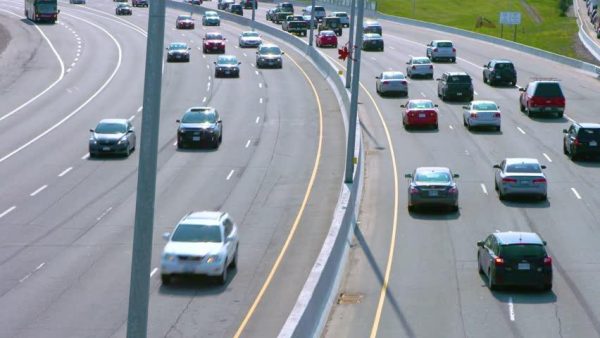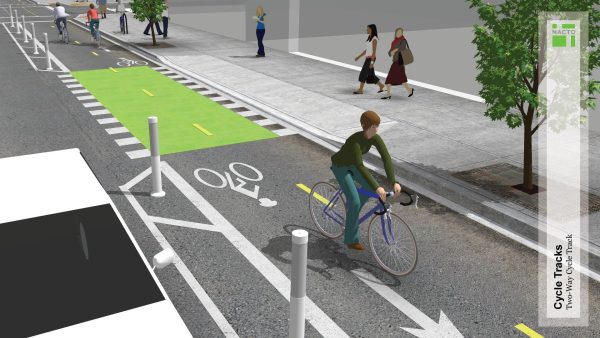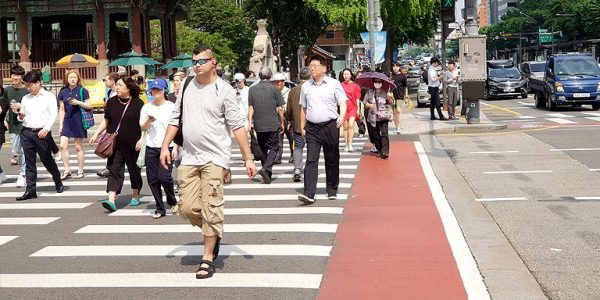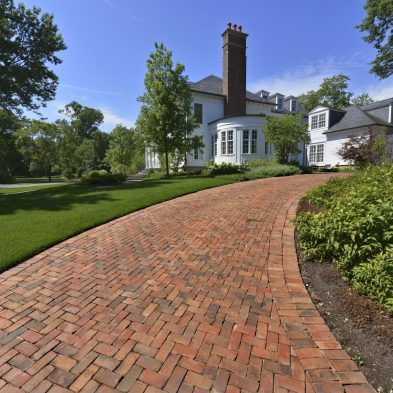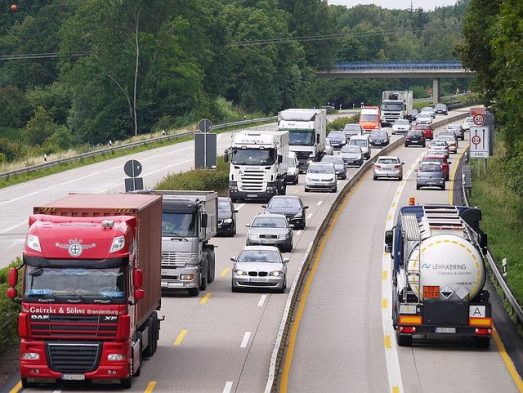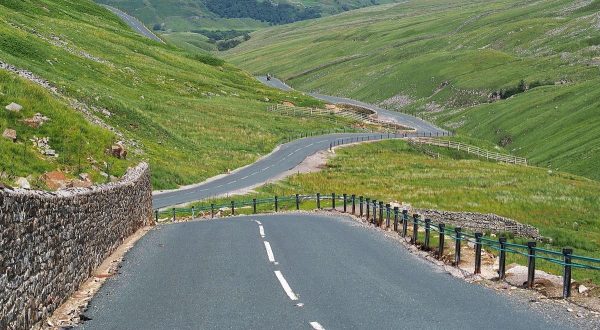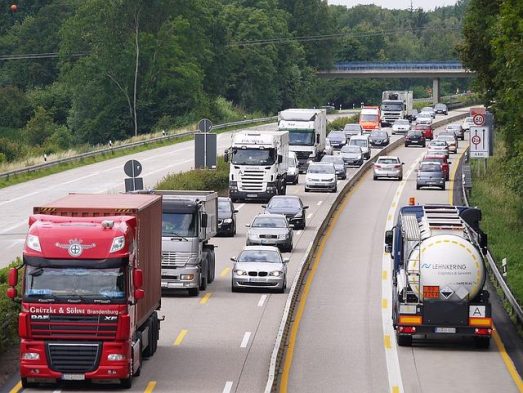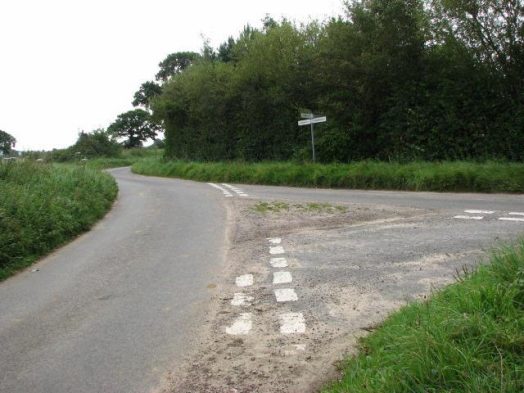Road transportation is an important part of every country’s infrastructure. This article covers how roads are classified depending on various characteristics, including materials, geography, and traffic. Roads are divided into several categories based on material, traffic, location, function, and many other factors. Road transportation is an important network for each country, and as road access rises, speed drops. Roads play an important role in economic growth and development and the overall development of a country.
A highway network is also necessary in the fight against poverty since it provides access to job, social, health, and training services. A road is a paved path, a route, or a highway that allows you to go by car to your destination. This post demonstrates a type of road, a description of each road, and the building steps of an Earth road.
Types Of Roads In Civil Engineering
- Low-cost Road
- Earth Road
- Gravel Road
- Kankar Road
- Murrum Road
- Brick Aggregate Road
- Concrete Road
- WBM Road
- Bituminous Road
What Is The Finest Material For Building Roads?
By far the finest material for road building is asphalt. When compared to concrete, it is much easier to work with. Sand, gravel, stone, and petroleum byproducts are among the essential constituent materials combined.
What Is The Definition of a Concrete Road?
Concrete roads are made of cement concrete and are more popular and expensive than other forms of roads. The concrete road requires minimal upkeep. It’s best used in high-traffic locations.
What Is The Distinction Between a Street And a Road?
The Department for Transport (DfT) defines streets and roads clearly in the Manual for Streets (2007): Roads are essentially roads whose primary purpose is to facilitate the circulation of automobiles. While transportation is still a significant function, streets are generally bordered by buildings and public spaces, and there are numerous others, the most important of which is the location function.
Different Types of Road
Here is the latest list of all types of road that you should know about.
1. Freeways
Access-controlled roadways are another name for freeways. Wide roadways intended for fast-moving cars to traverse vast distances at faster speeds are known as freeways. These are usually four lanes in length, with two lanes in each direction. Because there are no railway or road junctions or signals, traffic on freeways moves at a constant and unimpeded pace.
As previously stated, access is regulated everywhere, and the motorist never comes into touch with the opposing traffic flow on these roadways. To keep traffic isolated from other routes Only ramps provide access to freeways. To provide a route for roads that cross highways, bridges or underpasses are built. On highways, parking and walking are completely forbidden, and there are no walkways on either side of the road. The minimum and maximum speed limits vary by nation and range from 45 to 75 miles per hour.
2. Expressways
Expressways are one of the most advanced forms of access-controlled roads, with ramps controlling the expressway’s entry and departure. As the name implies, they are designed to allow for a free flow of high-speed traffic. Expressways are meant to move rapidly while maintaining a high level of comfort and safety by avoiding abrupt bends, congested crossroads, and railroad crossings.
Only expressways are allowed to have vehicles with extreme acceleration. Pedestrians, heavy-duty vehicles, and cargo trucks are not permitted. On expressways, parking, loading, and unloading are severely banned. The entrance is clearly restricted by the left side ramp that connects to the highway.
3. Highways
Highways link villages to cities, cities to cities, states to states, and routes connecting the state capital to the national capital. Highways are roadways that run the length and width of the United States. In most cases, they are laid in two lanes. National Highways, State Highways, Urban Highways, and Rural Highways are the several types of highways. These sorts will be discussed in the area of location and function.
4. Arterials
Arterials are highways built within a city or town to transport large amounts of traffic. The core commercial district is connected to the surrounding residential neighbourhoods via an arterial route. Highways are accessible through arterials. Only at crossroads or marked pedestrian crossings are pedestrians allowed to cross the road. At junctions, traffic flow is regulated by a signalling system. On arterial roadways, parking is prohibited.
5. Local Streets
Local streets, unlike arterials, do not carry a high flow of traffic. In a neighbourhood street, the speed limit is 30 km/h. Local streets provide you access to nearby homes. Simply said, the local street is the route you should follow to get to the nearest vegetable market. Pedestrians can cross the roadway at any point in the neighbourhood.
Local streets enable unrestricted parking, loading, and unloading of cars. They generally don’t use stones as dividers, instead opting for 1m dotted white lines or a straight white line.
6. Collector Roads
Collector roads are used to transport traffic from and to local streets and arterials. The speed limit is generally set between 35 and 55 kilometres per hour. Only at junctions are pedestrians permitted to cross. Except during peak hours, parking may be permitted.
7. Earthen Roads
Earthen Roads are roads that are constructed using the site’s available soil. These are the least expensive highways out of all of them. Earthen roads are intended for low-traffic areas. The available dirt is put in two to three layers, and the road’s surface is compacted using a rammer to remove any extra spaces.
These roads are also known as temporary roads and are typically used to move construction trucks while erecting a structure or army vehicles during times of war. It is not advisable to travel on earthen roads in the monsoon since the soil may wash away during rain.
8. Gravel Roads
Gravel roads are the second most affordable of all road kinds, and they are also superior to Earthen roads. A mixture of gravel and earth (available soil at the site) is laid on the surface and compacted in this form of road. Metal roads are another name for gravel roads. These sorts of roadways are simple to construct and are commonly seen in communities.
9. Murram Roads
Murram is a gravelly lateritic substance formed by weathering agents during the breakdown of igneous rocks. Murram roads are those that are constructed with Murram as the principal material. Murram has a higher density than gravel, resulting in a better surface finish and compaction than the other two kinds of roads.
10. Kankar Roads
Kankar is an Indian term that refers to an impure type of limestone. This sort of road is generally suggested in areas where there is a lot of lime. Kankar road is one of the worse roads, although it is preferable to Earthen and gravel roads.
11. Water Bound Macadam Roads [WBM]
WBM road is another name for this sort of road. As a base course, crushed stone (aggregate) is utilised. WBM roads are constructed in layers. Aggregates are placed as a 10cm thick layer on the surface, water is sprayed on each layer, and it is then rolled for a superior finish. These roads are superior than those in Murram, Earth, and Kankar. WBM is typically installed in pit holes in cities.
12. Bituminous Roads
During the distillation of petrol, a black viscous and sticky substance called bituminous formed. Bituminous roads are widely utilised across the world because they are simple to lay and give a smooth, even surface finish. The subgrade soil at the location determines the thickness of the bitumen road. It is always advised to construct two layers of bitumen roadways.
13. Concrete Roads
Concrete roads are those that have been constructed using cement concrete. These are the most expensive highways of all types. This type of road is preferred in areas where there is a large volume of traffic, and it takes longer to build concrete roads since concrete has to cure properly. A concrete road has a 40-year average life, while a bituminous road has a 3-year average life.
14. National Highways
National highways traverse the length and width of the United States. These highways link the state capitals to the national capital. National highways must have at least two lanes, one in each direction, and a swath of stones separates these two lanes. On national highways, a minimum speed of 80 kilometres per hour shall be maintained. They’re generally labelled with the numbers NH1, NH70, and so on.
15. State Highways
State highways link the state’s major cities with the state capital city. State highways provide connections to national routes. They also have connections to state roads in neighbouring states. A minimum of two lanes is given, however they may or may not be separated by a boulder strip.
16. District Roads
The district roads provide access to the state highways. District roads link the district’s major towns and connect to the district’s neighbouring district roads. District roads are divided into two categories. These roads link to the district offices across the street.
17. Minor District Roads
These highways connect the district’s major municipalities to the district headquarters.
18. Village Roads Or Rural Roads
Village roads are those that go through villages. These roads link to the nearest town as well as key sites of the villages such as temples and churches. Village roads link to neighbouring communities as well.
19. All-Weather Roads
All-weather roads are those that can be used at any time of year.
20. Fair-Weather Roads
Fairweather roads are those that can only be used when the weather conditions are favourable. Some routes are only available during the summer, while they are closed for the rest of the year due to snow on the road. During strong rains, cyclones, or floods, these routes are impassable. As you can see, the road above is only open to cars during the summer.
21. Paved Roads
Paved roads are those that are constructed with a firm pavement course such as cement concrete, bituminous, or WBM.
22. Unpaved Roads
Unpaved roads are those that are not constructed with a firm surface, such as Kankar, Earthen, or Murram.
23. Flexible Roads
The flexible road is made up of four layers: an outer surface layer coated with bituminous material known as the wearing course, an underlying sub-base, base, and subgrade course, and an underneath sub-base, base, and subgrade course. All of these layers contribute to the road’s flexibility. Flexible roads must be maintained on a regular basis, or they will quickly collapse under the weight of heavy traffic. Except for cement concrete roads, all roads are flexible.
24. Rigid Roads
These are roadways that have only three layers (Surface course, Base, and Subgrade course), making them rigid. This category includes cement concrete roads. Flexible roads have a flexible layer as a pavement surface that requires regular care; otherwise, heavy traffic can quickly dissolve it. This category includes all forms of roads except concrete roads.
25. Hilly Roads
The roads that are built on mountainous terrain and have many sharp curves, ups, and downs. When compared to simple highways, the capital required is more, and it takes longer.
26. Plain Area Roads
Plain region roads are those that are built on flat land with minimal curves, ups, and downs. When compared to plain area roadways, planning and implementation time is reduced.
27. Low-Cost Roads
Low-cost roads are those that need less money and may be built with locally available dirt or resources. Where there is a lot of foot activity, these routes are recommended.
28. Medium Cost Roads
The finances necessary to build medium-cost roads are more than those required to build low-cost highways. A road connecting a village to the nearest town is an example of a medium-cost route. When there is a lot of traffic, certain roadways are considered. Bitumen is commonly used to construct these roadways.
29. High-Cost Roads
The construction of these highways necessitates a large sum of money. The finest examples of high-cost roadways are state highways and national highways. In high-cost roads, bitumen or cement concrete is utilised.
30. Low Traffic Roads
Low traffic highways are those that carry less than 400 vehicles per day on a daily basis. The greatest examples of this sort of route are village or country roads.
31. Medium Traffic Roads
Medium traffic roads are those that handle between 400 and 1000 cars per day on a daily basis. One of them is the district road.
32. High Traffic Roads
High traffic highways are defined as those that transport more than 1000 vehicles each day. This includes both national and state roads.
33. Cycle Tracks
Cycle tracks are dedicated tracks designed specifically for bicycles or cycles. These tracks are available on both sides of the road.
34. Pedestrian Ways
The term “pedestrian way” refers to a path or route designed solely for pedestrians and in which automobiles are strictly prohibited.
35. Motorways
Motorways are expressways designed to facilitate the free movement of high-speed traffic. Expressways are meant to move rapidly while maintaining a high level of comfort and safety by avoiding abrupt bends, congested crossroads, and railroad crossings. On expressways, heavy-duty vehicles are absolutely prohibited.
36. Bricks Aggregate Roads
When appropriate road-building materials are not readily available locally and must be carried over great distances, they become prohibitively expensive. In such cases, well-burned bricks and crushed brick aggregate can be utilised in the soiling and I’m wearing course. Well-burned bricks may be used in the soiling and crushed brick aggregate can be utilised in the wearing course to make bricks and brick aggregates.
Some areas may employ well-burned or over-burned bricks as paving material, which may or may not be coated or protected with bituminous carpet covering or surface treatment. (In civil engineering, there are several types of roads.)
37. Primary Route Network (PRN)
In England, the PRN identifies highways linking important traffic intersections around the nation to provide easily recognisable routes to reach the whole country (DfT, 2012). The PRN is made up of a set of sites (main destinations) chosen by the Department of Transportation, which are then connected by primary routes chosen by the local highway authority.
The PRN has changed throughout time. There are several main roads that travel between England and Scotland or England and Wales, necessitating cross-border collaboration between traffic authorities. To allow the PRN to cover the whole country, the criteria for designating a principal destination are deliberately flexible. A road or series of A roads form a continuous path between two primary destinations on all primary routes. All roads in the United Kingdom (excluding motorways) are divided into four categories: a highway
Large-scale transportation linkages inside or between places are provided by major roadways.
38. B Roads
Roads that link various locations and feed traffic between A roads and the network’s minor roads.
39. Classified Unnumbered
Smaller roads that connect unclassified roads to A and B roads are frequently used to connect a housing development or hamlet to the rest of the network. On an Ordnance Survey map, they are referred to as “small roads” and are often referred to as “C roads.”
40. Unclassified
Local roads are designed to accommodate local traffic. This category encompasses the vast majority of UK highways (60 percent).
Final Thoughts
Roads are classed in a variety of ways, the most frequent of which is based on speed and accessibility, however categorization rules differ from nation to country.
